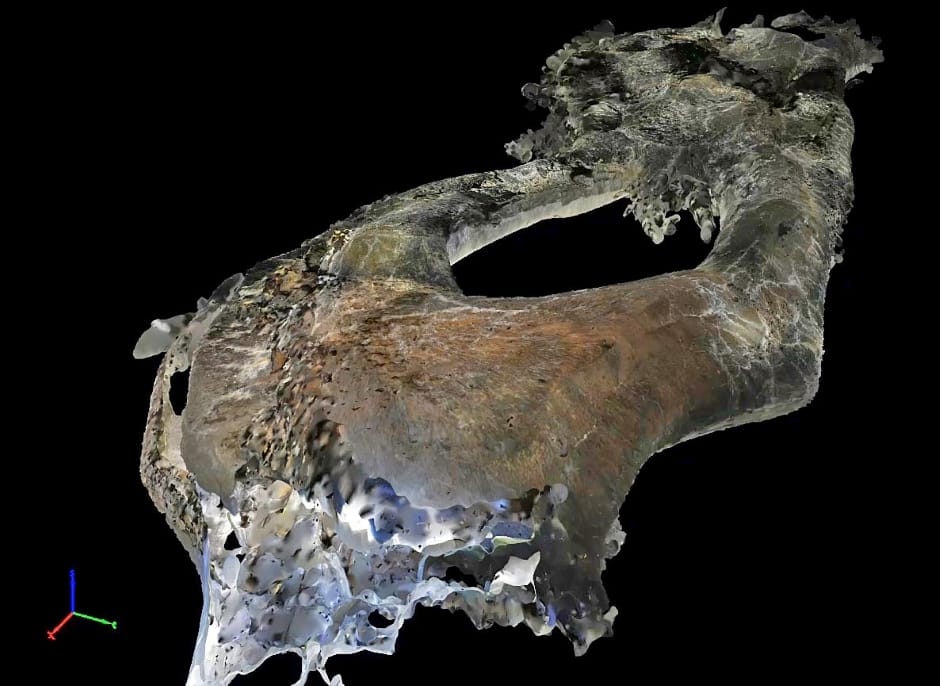
According to Anahita Modiriasari, a postdoctoral researcher in Purdue’s Lyles School of Civil Engineering, lava tubes form when a volcanic eruption sends lava flowing in channels on the ground.
“The surface of the lava flow cools and forms a crust on top, while the hot lava keeps flowing underneath, forming a tunnel,” Modiriasari said in a statement. “We know these lava tubes exist on the moon, as satellite imagery has shown openings on the lunar surface, sometimes called ‘skylights.’"
In 2017, Purdue University researchers helped discover a lava tube on the moon that could protect astronauts from hazardous conditions on the surface. Now, 3D image reconstructions of lava tubes on Earth could help assess if they are stable enough to build human habitats.
The work is part of Purdue's Resilient ExtraTerrestrial Habitats (RETH) group that looks at how future human habitats on the moon or Mars can be made resilient against radiation, temperature fluctuations, seismic activity and meteorite impacts.
Lava tubes could be part of the solution and Purdue research has shown that they are much larger than those on Earth – potentially many kilometres in width, providing potential protection from space-based hazards.
Modiriasari and graduate students Jongseong Choi and Audai Theinat have visited Lava Beds National Monument in California to explore lava tubes and establish a baseline of information.
"This is an ideal test bed because it has similar basaltic rock, and it formed in a similar way to those on the moon,” Modiriasari said. “These lava tubes also have skylights, which is an important factor we're investigating."
The team chose specific caves and identified cross-sections of rock that the members wanted to investigate. "Our main goal was to investigate the geomechanical properties of the basaltic rock," Modiriasari said. "We were particularly interested in the ceiling of the lava tube - the number and spacing of the visible fractures, the characteristics of the joints, the chemical weathering and the strength index of the rock mass."
They also took enough photographs to help reconstruct a 3D model capturing features of the lava tube, a task that a rover or drone could potentially accomplish on the moon or Mars.
"All of this collected data is vital," Modiriasari said. "We are using it to build an advanced model of the size, strength and structural stability of the lava tube. What happens during seismic activity? What would happen if a meteorite strikes? This helps us assess whether similar lava tubes on the moon or Mars would be capable of hosting a permanent human habitat."




Nanogenerator consumes CO2 to generate electricity
Nice to see my my views being backed up by no less a figure than Sabine Hossenfelder https://youtu.be/QoJzs4fA4fo